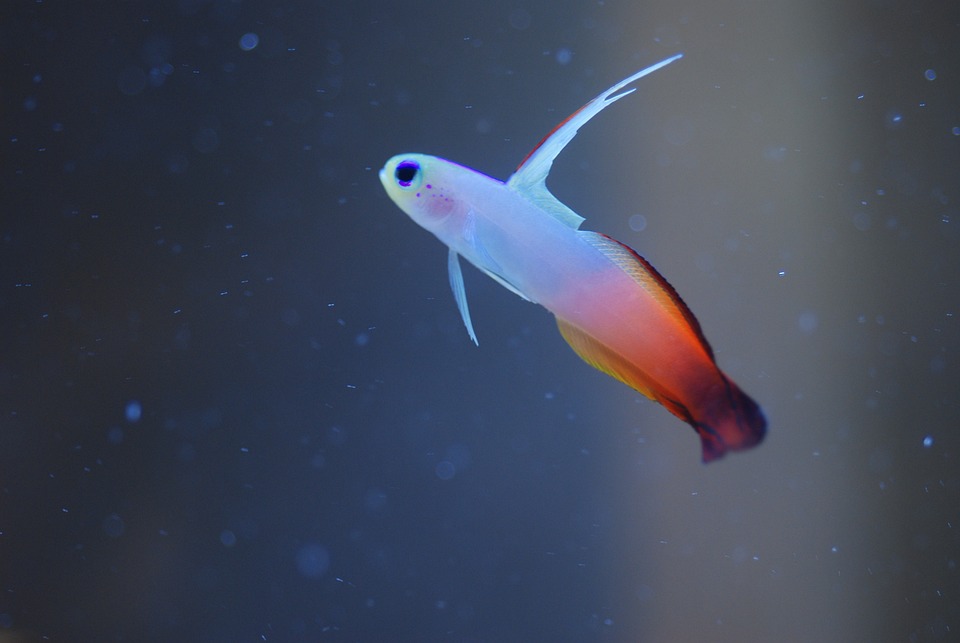Establishing a routine for tank lighting is crucial for creating a calm and healthy environment for your fish. Lighting plays a significant role in fish behavior, including their circadian rhythm, feeding habits, and overall activity levels. Inadequate lighting can lead to disrupted behavior, altered sleep patterns, and a weakened immune system. To minimize fish stress and promote optimal health, it is essential to establish an effective lighting routine.
Researching your fish species is the first step in determining their lighting requirements. Different species have varying preferences for light intensity and duration. Understanding the natural habitat of your fish species will also help you mimic their lighting conditions in your aquarium.
Consistency is key when it comes to lighting duration. Establish a consistent lighting schedule by determining the appropriate duration for both day and night periods. Mimicking natural light cycles is important, as fish need periods of darkness to rest and restore their energy.
When selecting lighting for your tank, LED lights are a popular choice due to their energy efficiency and versatility. LED lights offer customizable options for intensity, color, and duration. Full-spectrum lighting, which closely resembles natural sunlight, can also be beneficial for your fish.
To minimize fish stress, it is important to avoid abrupt transitions in light intensity. Gradually adjust the light intensity over a span of several minutes to minimize distress.
Monitoring your fish’s behavior is essential in assessing their response to the lighting routine. Regularly observe their behavior and adjust the duration and intensity of the lighting if necessary to ensure their well-being.
Here are some frequently asked questions regarding establishing a routine for tank lighting:
1. Can fish be overexposed to light? Fish can be overexposed to light, leading to stress and health issues. It is important to provide periods of darkness for resting and balance the lighting schedule accordingly.
2. How many hours of light do fish need? The recommended duration of light varies depending on the species. Generally, most fish require 8 to 12 hours of light per day, while some may need less. Research your fish species for specific requirements.
3. Can I use natural sunlight for my aquarium? Natural sunlight can be beneficial; however, it can also cause temperature fluctuations, unwanted algae growth, and inconsistent lighting patterns. Supplementing with artificial lighting is advisable for better control.
4. Can I use colored lights in my aquarium? Colored lights can be used for aesthetic purposes, but it is important to ensure they do not disrupt the fish’s natural behavior or create excessive stress. Use them sparingly and consider the impact on your fish.
5. Should I provide complete darkness at night? Yes, it is recommended to provide a period of complete darkness at night, allowing fish to rest and restore their energy. This mimics their natural habitat and promotes their overall well-being.
By following these guidelines and establishing a routine for tank lighting, you can create a calming and stress-free environment for your fish, supporting their health and natural behavior. Remember to thoroughly research your fish species to provide optimal lighting conditions. Happy fish keeping!









